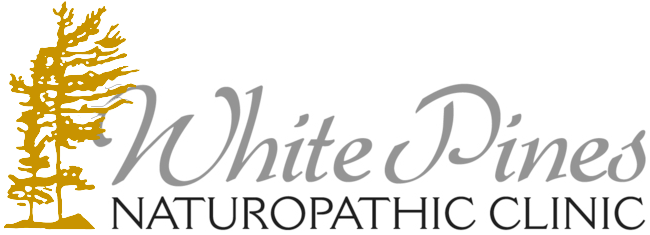CranioSacral Therapy (CST) is a light-touch manual therapy which allows practitioners to detect and correct restrictions within the craniosacral system.
The patient is very much involved in this process, as it is their natural healing mechanisms that allow for the dissipation of restrictions. The craniosacral system consists of membranes and cerebrospinal fluid that surrounds and protects the brain and spinal cord. It extends from the bones of the skull, face and mouth, which make up the cranium, down to the sacrum, or tailbone area.
Since this vital system influences the development and performance of the brain and spinal cord, an imbalance or restriction in it could possibly cause any number of sensory, motor or neurological disabilities.
Some Conditions That Craniosacral Therapy Can Help:
CranioSacral Therapy can help to alleviate a range of illnesses, pain and dysfunction, including but not limited to:
- Migraines and Headaches
- Chronic Neck and Back Pain
- Motor-Coordination Impairments
- Stress and Tension Related Problems
- Traumatic Brain and Spinal Cord Injuries
- Chronic Fatigu
- Scoliosis
- Emotional Difficulties
- Central Nervous System Disorders
- Temporomandibular Joint Syndrome (TMJ)
- Learning Disabilities
- Post-Traumatic Stress Disorder
- Orthopedic Problems
- Newborn Conditions; colic and digestive disturbances, chronic otitis, ear and eye problems, autism, Torticollis, spasticity, and many others
How Is Craniosacral Therapy Performed?
CranioSacral Therapy is performed on a fully clothed body. The CST practitioner uses a light tough – generally no more than the weight of a nickel – to test for restrictions in the craniosacral system. This is done by monitoring the rhythm of the cerebrospinal fluid as it flows through the system. The motion of the fluid may be felt anywhere in the body, however it is most easily felt at the skull and sacrum. These bones attached to the membranes that enclose the cerebrospinal fluid.
The positive effect of CranioSacral Therapy relies to a large extent on your body’s natural self-corrective activities. The therapist’s light, hands-on approach simply assists the hydraulic forces inherent in the craniosacral system to improve your body’s internal environment, and strengthen its ability to heal itself.
